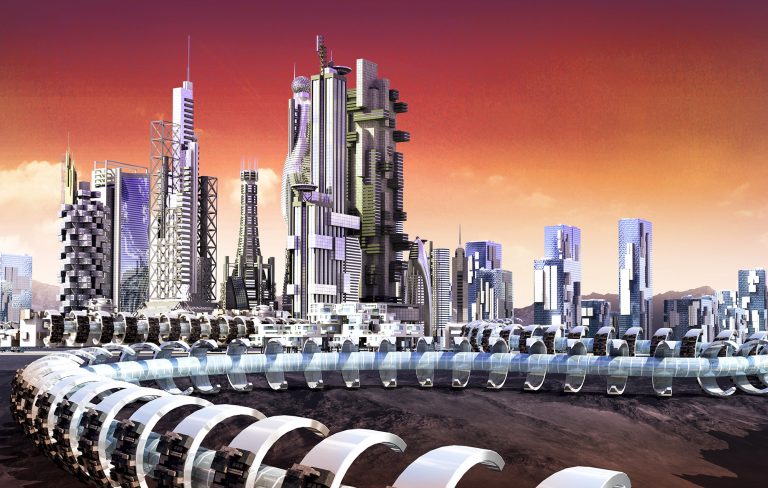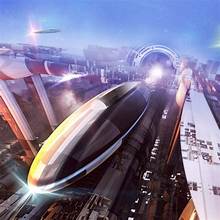
In 2024, science fiction is experiencing a vibrant renaissance, characterized by innovative narratives and groundbreaking trends that are redefining the genre. As we dive into the new wave of modern sci-fi, it’s evident that the genre is evolving rapidly, embracing fresh ideas and technologies to captivate audiences in unprecedented ways. This article explores the key trends and innovations shaping the landscape of science fiction stories this year.
1. Diverse Storytelling Perspectives
One of the most notable trends in 2024 is the diversification of storytelling perspectives within sci-fi. Modern sci-fi is increasingly incorporating voices from diverse backgrounds, including different cultures, genders, and socio-economic statuses. This shift not only enriches the genre but also provides a more inclusive and multifaceted view of speculative futures.
Authors are weaving narratives that explore a variety of societal issues through the lens of science fiction, such as climate change, social justice, and artificial intelligence. By integrating diverse viewpoints, these stories offer fresh and thought-provoking perspectives on the human condition and our potential futures.
2. Integration of Cutting-Edge Technologies
The integration of cutting-edge technologies into sci-fi storytelling is another defining trend of 2024. Writers are drawing inspiration from advancements in fields such as artificial intelligence, virtual reality, and biotechnology to create innovative and immersive narratives.
For instance, virtual reality (VR) is not just a backdrop but an integral part of the plot in many new sci-fi stories. Characters interact with and navigate through VR worlds that are as complex and nuanced as the real world, raising questions about the nature of reality and consciousness.
Similarly, AI-driven characters and plotlines are becoming more sophisticated. These narratives explore the ethical implications of artificial intelligence, including issues of autonomy, identity, and the potential for AI to surpass human intelligence.
3. Exploration of Environmental Themes
As environmental concerns become increasingly urgent, science fiction in 2024 is placing a strong emphasis on ecological themes. Authors are using the genre to examine potential solutions and consequences related to climate change, resource depletion, and environmental degradation.
Stories are set in dystopian futures where Earth’s ecosystems are in crisis, or in utopian worlds where advanced technologies have successfully addressed environmental challenges. This focus on environmental themes reflects a growing awareness of the need for sustainable solutions and encourages readers to think critically about our impact on the planet.
4. Non-Linear Narrative Structures
Non-linear narrative structures are gaining popularity in modern sci-fi. Authors are experimenting with unconventional storytelling techniques, such as fragmented timelines, parallel universes, and multiple perspectives. These innovative approaches create a more dynamic and engaging reading experience, challenging readers to piece together the narrative and explore complex themes from various angles.
This trend is exemplified by stories that shift between different realities or timelines, offering a multifaceted view of the characters’ experiences and the broader implications of the plot. Such narratives invite readers to engage with the material in a more interactive and intellectually stimulating way.
5. Blending of Genres
The blending of science fiction with other genres is a prominent trend in 2024. Authors are combining elements of sci-fi with genres such as mystery, thriller, fantasy, and horror to create hybrid narratives that appeal to a broader audience.
This genre fusion allows for the exploration of new themes and storytelling techniques. For example, sci-fi thrillers often incorporate high-stakes action and suspense, while sci-fi fantasies might explore magical elements alongside advanced technologies. This blending not only broadens the scope of science fiction but also attracts readers who may not traditionally engage with the genre.
6. Focus on Personal and Psychological Dimensions
Modern sci-fi stories are increasingly delving into the personal and psychological dimensions of characters. Rather than solely focusing on grand, cosmic themes, these narratives explore the internal struggles, relationships, and emotional journeys of individuals.
This trend is reflected in stories that examine the psychological impact of futuristic technologies, such as memory augmentation or mind-uploading. By focusing on the personal experiences of characters, these stories offer a more intimate and relatable view of the speculative futures they envision.
7. Interactive and Multimedia Experiences
Interactive and multimedia experiences are becoming a significant aspect of modern sci-fi. Authors and creators are leveraging digital platforms to enhance storytelling through interactive elements, such as choose-your-own-adventure formats, augmented reality (AR), and multimedia tie-ins.
These innovations provide readers with a more immersive and participatory experience. For example, AR-enhanced books or stories that incorporate multimedia elements like audio or video can bring sci-fi worlds to life in new and engaging ways, offering a richer and more interactive experience.
Conclusion
The new wave of modern sci-fi stories in 2024 is characterized by a blend of innovative storytelling techniques, diverse perspectives, and the integration of advanced technologies. As the genre continues to evolve, it reflects a growing interest in exploring complex themes and engaging with readers in novel ways. Whether through non-linear narratives, environmental themes, or interactive experiences, science fiction is pushing boundaries and expanding its horizons, offering a glimpse into the limitless possibilities of the future.












